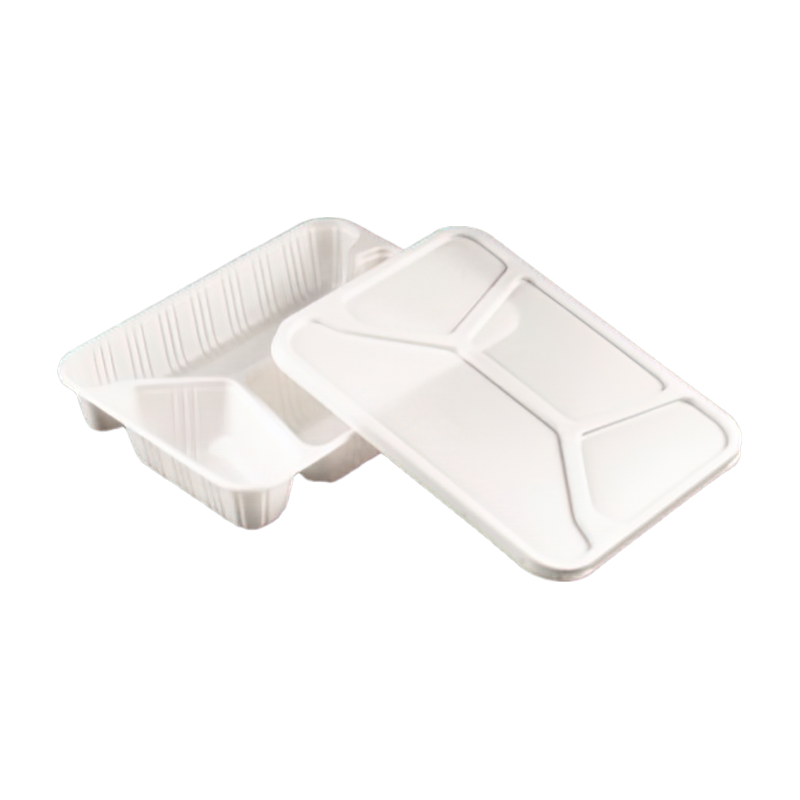What are the challenges in scaling production of biodegradable lunch boxes?
As the demand for eco-friendly food packaging solutions continues to rise, the production of biodegradable disposable lunch boxes faces several challenges that can hinder its scalability. While the benefits of these products—crafted from sustainable materials like PLA, PBAT, and PP—are evident in their reduced environmental impact and biodegradability, several factors complicate the mass production process.
One significant challenge is the availability and sourcing of raw materials. Biodegradable materials often require specialized agricultural inputs or processes, which can lead to variability in supply and price fluctuations. This reliance on natural materials can make it difficult for manufacturers to secure a consistent, affordable supply, especially when demand surges. Additionally, the production of biodegradable materials is often more complex than traditional plastics, requiring specialized equipment and processes. This adds to the initial investment costs, making it a barrier for new entrants into the market. Manufacturers must balance the desire to create sustainable products with the need to maintain profitability, which can lead to compromises in production capacity or material quality.

Another challenge lies in consumer awareness and acceptance. While there is a growing trend towards sustainability, many consumers remain unfamiliar with biodegradable products and may hesitate to switch from conventional options. Educating consumers about the benefits of biodegradable lunch boxes, including their safety for food contact and their environmental advantages, is crucial. Companies need to invest in marketing and education to foster understanding and encourage adoption. Without a robust demand from consumers, manufacturers may struggle to justify the costs associated with scaling production.
Furthermore, logistics and waste management systems pose challenges as well. While biodegradable lunch boxes are designed to decompose, their proper disposal often depends on specific waste management practices that may not be universally available. Inadequate composting facilities or recycling systems can undermine the environmental benefits of these products. To effectively scale production, manufacturers need to engage with municipalities and waste management companies to ensure that infrastructure is in place to support the end-of-life processing of their products.
In addition to these operational hurdles, regulatory considerations also play a role. As biodegradable packaging is relatively new, there is still some ambiguity surrounding regulations and certifications that govern its production and sale. Different regions may have varying standards, complicating the ability to market products across borders. Ensuring compliance with these regulations can be resource-intensive, further straining manufacturers looking to scale.
While the potential for biodegradable lunch boxes is significant, overcoming the challenges of raw material sourcing, consumer education, waste management, and regulatory compliance is essential for scaling production. By addressing these issues strategically, manufacturers can contribute to a more sustainable future while meeting the growing demand for eco-friendly food packaging solutions.

prevNo previous article
nextElevate Your Brand with Customized Composite Bubble Mailers: A Packaging Revolution



 English
English 中文简体
中文简体 Español
Español
















